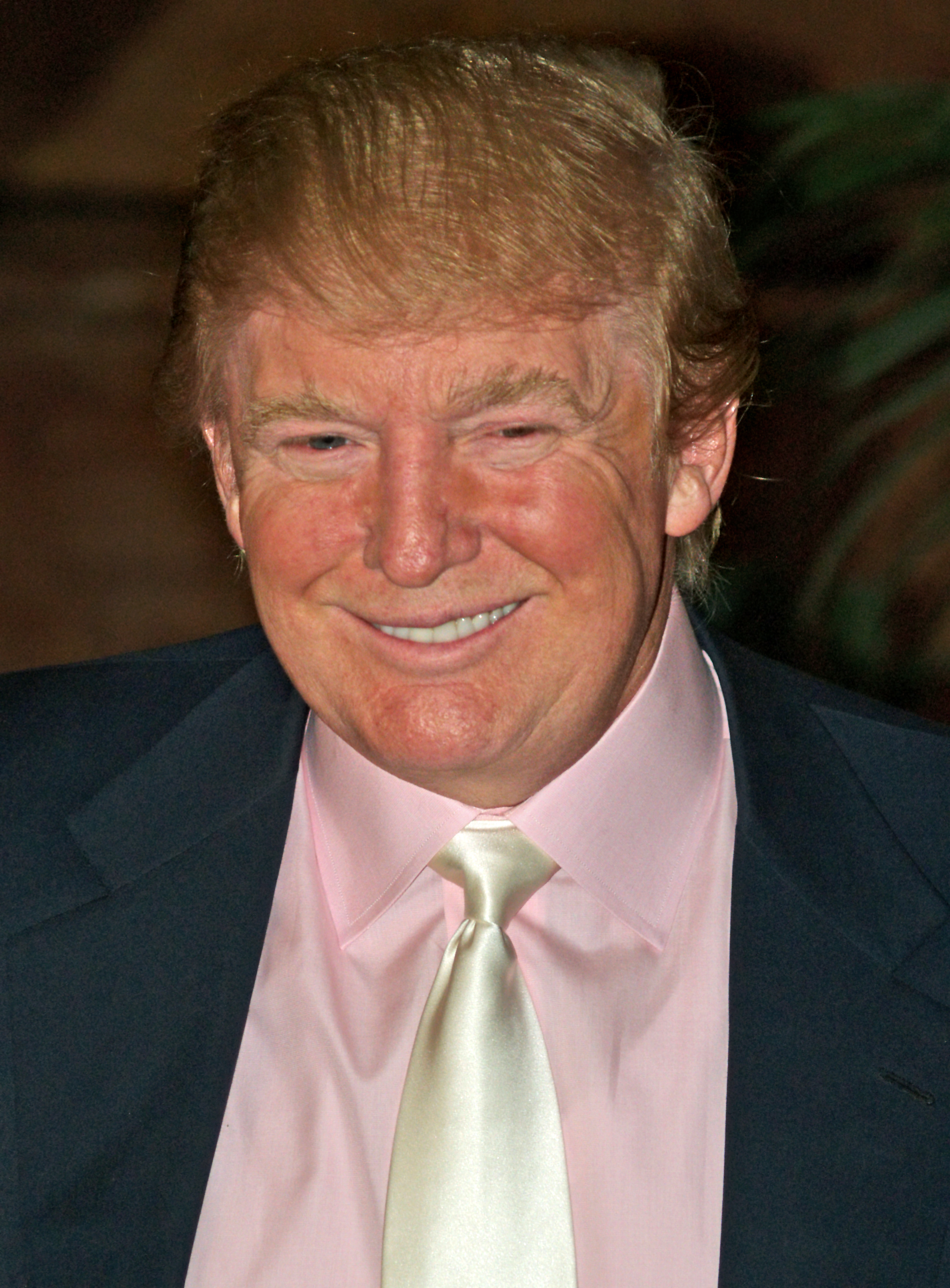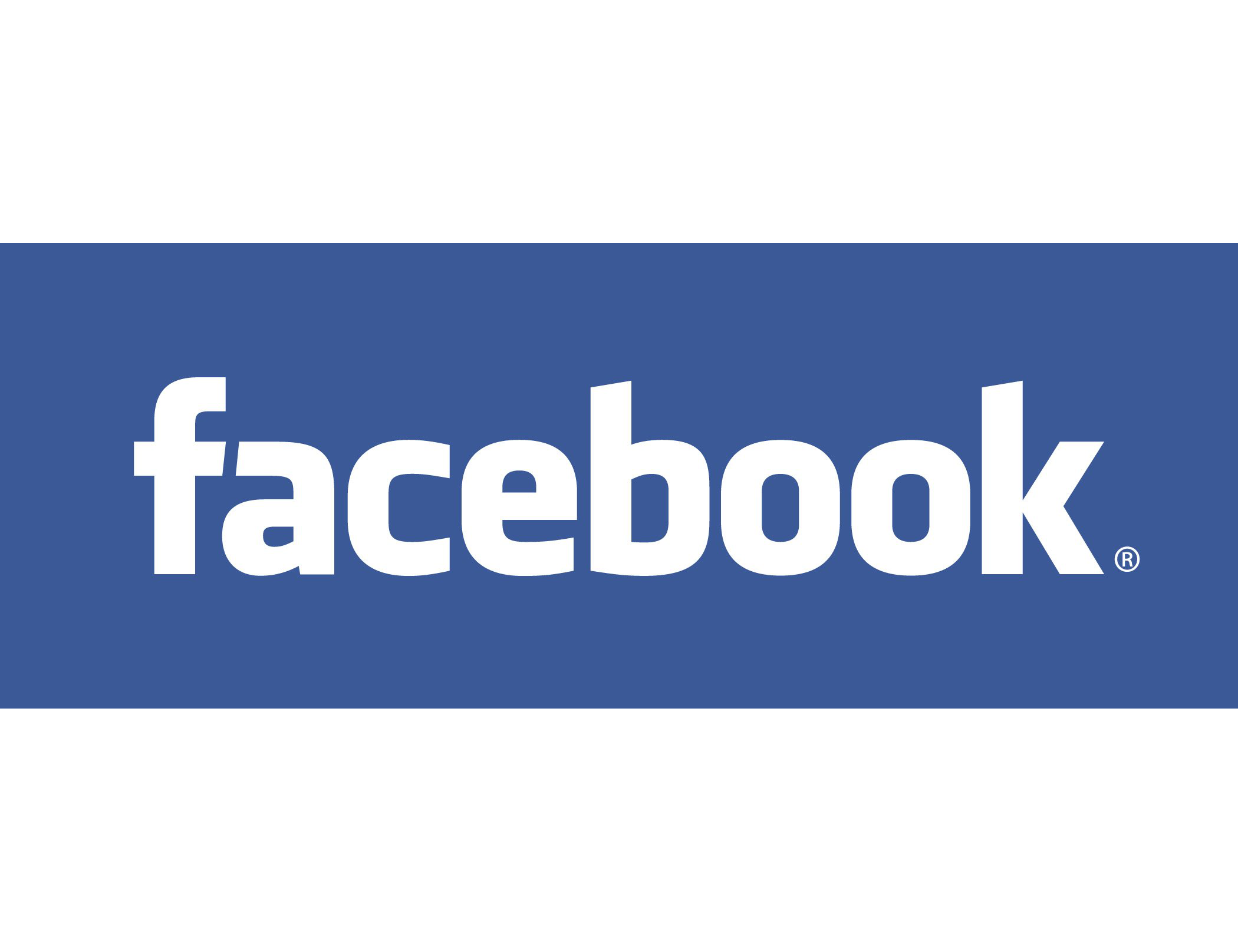Donald Trump was sworn in as the 45th President of the United States on January 20, 2017. One Trump plan to make America great again is to reduce the American trade deficit.
The trade balance is essentially the difference between the imports and the exports of any country. If the trade balance of a country is in negative territory, it is said to run a trade deficit, which the United States does.
Take a look Figure 1. It plots the American exports and imports from 1960 onwards.
Figure 1:
Up until the early 1980s, the American imports were more or less equal to American exports. But things changed after that and America started running a trade deficit. Take a look at Figure 2. This plots the American imports and exports from 1980 onwards.
Figure 2:
In fact, take a look at Figure 3, which maps America’s imports and exports since 1990.
Figure 3:
One look at Figure 3 tells us that the import curve and the export curve closely map each other. What does that tell us? It tells us that the dollars earned by the countries which export goods and services to the United States (essentially imports for the United States), are used to buy goods and services being exported by the United States.
Hence, there is a clear link between the total imports and the total exports of the United States. So where does that leave Trump’s plan? As Peter Navarro, an economist known to be close to Trump, and who served as a policy advisor to the Trump campaign, puts it: “Trump proposes eliminating America’s $500 billion trade deficit through a combination of increased exports and reduced imports.” The trade deficit of the United States in 2015 stood at $500.4 billion.
So how does Trump plan to bring down imports? As his website puts it: “[He plans to direct] the Secretary of Commerce to identify every violation of trade agreements a foreign country is currently using to harm our workers, and also direct all appropriate agencies to use every tool under American and international law to end these abuses.”
Trump also plans to: a) Instruct the Treasury Secretary to label China a currency manipulator. b) Instruct the U.S. Trade Representative to bring trade cases against China, both in this country and at the WTO. China’s unfair subsidy behaviour is prohibited by the terms of its entrance to the WTO. c) Use every lawful presidential power to remedy trade disputes if China does not stop its illegal activities, including its theft of American trade secrets – including the application of tariffs consistent with Section 201 and 301 of the Trade Act of 1974 and Section 232 of the Trade Expansion Act of 1962. (Source: https://www.donaldjtrump.com/policies/trade)
Trump plans to impose import duties (i.e., tariffs) in order to ensure that the cheap Chinese imports into the United States, no longer remain cheap. CNN reported in late December 2016: “President-elect Donald Trump’s transition team is discussing a proposal to impose tariffs as high as 10% on imports, according to multiple sources.”
This is not going to be so straightforward. If Chinese imports into the United States become expensive, the consumer price inflation in the United States is likely to go up, given that American citizens will have to buy more expensive American products. Also, a clamp down on imports in general and Chinese imports in particular, will lead to countries earning fewer dollars. This means that they will have fewer dollars to imports goods and services from the United States. Hence, a fall in US imports will also lead to a fall in US exports. Hence, the trade deficit may not differ much from its current levels.
Over and above this, if the United States imposes import duties other countries can do the same. This will impact US exports as well. Hence, it is important to understand there is a positive correlation between US imports and US exports. While the US maybe the global bully, China isn’t exactly a pushover.
There is another point that needs to be made here. A huge portion of the dollars earned by countries by exporting goods to the United States and other parts of the world, has made its way back into financial securities issued in the United States. This includes US government bonds. This money has been one of the reasons which has kept interest rates low in the United States.
As of end of November 2016, foreign investors held $5.94 trillion worth of US government bonds (or treasuries as they are better known as). Of this China held close to $1.05 trillion worth of bonds. The point being that if US pushes its luck too far with China, China always has the option of dumping these bonds and pushing up bonds yields and in the process interest rates in the United States. While, it may never come around to doing so, it still has the option. And the United States understands this. Hence, bullying China won’t be easy.
Where does all this leave us? It brings us to that term post-truth. The term post-truth politics has been used quite a lot in the recent past, with the rise of Donald Trump in the United States. It was first used by the blogger David Roberts in 2010.
As Emma Kilheeney writes in Politics e-Review edition for October 2016: “Roberts coined the term to describe a situation in the US Congress where the Republican Party made no attempt to win support for its policy decisions by providing evidence-based arguments. Instead, it opposed all policies put forward by the Democratic Party in order to exploit the emotional responses and loyalties of its followers.”
The Economist defines post-truth as “a reliance on assertions that “feel true” but have no basis in fact.” Hence, the assertion that Trump will decrease US imports and increase US exports may feel to be true, it has no basis in logic and facts.
(The column was originally published on Equitymaster on January 23, 2017)




 The government expenditure has jumped from 9.93 per cent of the GDP in 2015-2016 to 11.48 per cent of the GDP in 2016-2017. This is the major reason why the government still expects India to grow at greater than 7 per cent, despite a fall in investment.
The government expenditure has jumped from 9.93 per cent of the GDP in 2015-2016 to 11.48 per cent of the GDP in 2016-2017. This is the major reason why the government still expects India to grow at greater than 7 per cent, despite a fall in investment. So, what does Figure 3 tell us? It tells us that between 2011-2012 and 2012-2013, increase in government expenditure made up for just 1 per cent of the increase in GDP. Along similar lines the increase in government expenditure between 2015-2016 and 2016-2017 will be responsible for around one-third of the increase in GDP. This has been primarily because the government implemented the one rank one pension rule as well as the recommendations of the Seventh Pay Commission.
So, what does Figure 3 tell us? It tells us that between 2011-2012 and 2012-2013, increase in government expenditure made up for just 1 per cent of the increase in GDP. Along similar lines the increase in government expenditure between 2015-2016 and 2016-2017 will be responsible for around one-third of the increase in GDP. This has been primarily because the government implemented the one rank one pension rule as well as the recommendations of the Seventh Pay Commission.



